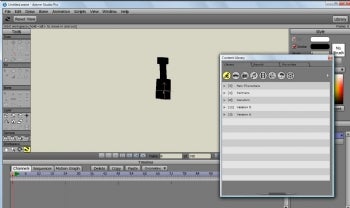

Nous 1 avons réalisé des relevés d'enherbement à Tahiti, entre mi-mai et début juillet 2017, sur une deuxième repousse de canne à sucre conduite en agriculture biologique, avec douze observations réalisées sur un dispositif de quatre bandes variétales sans répétitions, à 135, 170 et 210 jours après la coupe. Nevertheless, for Reunion Island conditions, progress still needs to be made in terms of acclimatization and mechanical transplantation of young plants. It gives the advantage of complete and homogeneous emergence, as well as the possibility of bringing complementary nutrients in the pot near to the roots. Theoretically this technique reduces the risk of erosion while favoring water retention and increased functional biodiversity.

In terms of the planting operation and yields, it is comparable with conventional planting techniques and can reduce soil tillage and the use of herbicides. Our study highlighted planting of germinated single-bud setts (in pots) into mulch as a reliable and affordable technique.

Planting germinated single-bud setts into mulch resulted in reduced herbicide applications and erosion risks. However, the increased labor requirement generated additional costs. From an economic point of view, a saving of more than 80% of buds was achieved at planting. In ratoon cane, no significant differences were observed.

There was no significant differences in stalk elongation and yields. In the second trial, the number of tillers was again 8 % higher for the single-bud setts. The average multiplication rate of the single-bud setts was 1:99 at 11 months. In the first trial, both yields and number of nodes per stalk were similar for the germinated single-bud setts and the traditionally planted cane, but the number of stalks was significantly higher (8%) for the germinated single-bud setts. Time and herbicide inputs were quantified. Tillering, stalk elongation and yields (plant and ratoon) were compared with those of traditionally planted cane in single rows. In the second trial, germinated single-bud setts were planted into plant cover originating from a succession of a planted mixture of Crotaleria juncea and Mucuna, and Avena sativa. In the first trial, the weights and number of tillers per plant were measured at 11 months after planting. This included i) the quantity of planting material, yield and components thereof, and ii) the use of herbicide. Two trials were carried out to assess the effectiveness of germinated single-bud setts compared with traditional planting of three-bud setts. In this poster, we present the advantages of planting germinated single-bud setts grown in pots into a cover crop with the aim of reducing soil tillage and herbicide usage in an agro-ecological approach to sugarcane production. Experiments using single-bud setts have been conducted in several countries (Brazil, India, Indonesia, and Egypt). In order to increase the area of sugarcane production, planting techniques should ensure uniform crop emergence and control of weeds at reasonable cost.


 0 kommentar(er)
0 kommentar(er)
